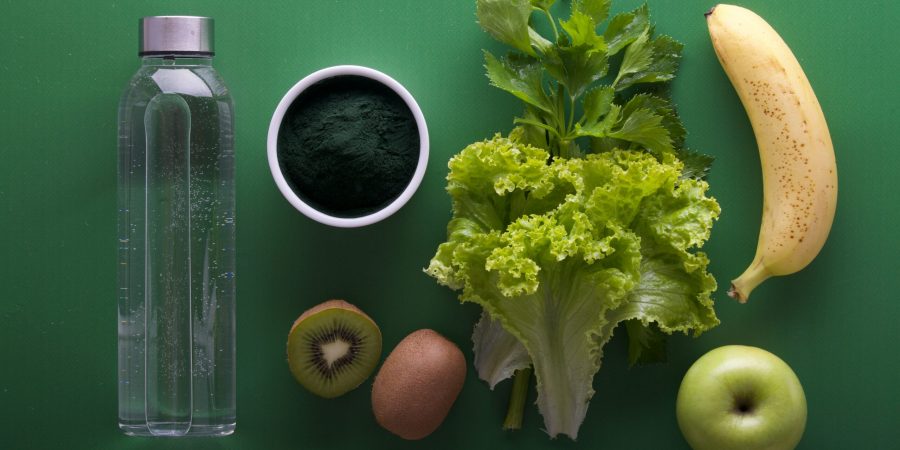Living with a gut disorder such as irritable bowel syndrome (IBS), inflammatory bowel disease (IBD) and small intestinal bacterial overgrowth (SIBO) often leads to seeking dietary change in a bid to alleviate symptoms. Advice is frequently sought via ‘Dr Google’, online articles or self-help books, as sufferers seek speedy solutions, often overlooking source reliability. I repeatedly hear client stories of dabbling with dietary changes resulting in increased frustration and hopelessness when these dietary restrictions bring little or no change. Sound familiar?
The truth is, whilst certain diets are pitched as the ‘magic bullet’ in reversing gut disorders, rarely is this the reality or a long-term solution. The foundations of a generic ‘gut’ diet frequently require tailoring to the specific unique needs of the individual. Two people with IBS invariably have very different triggers.
With so many dietary options, selecting the correct dietary intervention requires clinical skill and experience.
Which Diet?
I work with a wide range of diets targeting specific aspects of gastric health. Through listening and careful questioning, I evaluate which diet is the best diet for each of my clients, their symptoms and test results.
From here we can begin to fine-tune our dietary choices and optimise progress.
For example: A diagnosis of IBS with poor progress following the Low FODMAP Diet, may be due to ongoing simple sugar intake, alcohol or ‘gluten-free from’ replacement foods rather than foods which are naturally gluten-free. The Low FODMAP approach can work well for some, for others it requires personalising.
Commonly gut distress can lead to food avoidance with anxiety around eating. The aim is to reduce patterns of anxiety, motivate and encourage dietary compliance for resolution.
Once clients experience symptom regression following their diet plan, newfound confidence around eating emerges.
Primarily these diets are not forever diets. They offer an opportunity to recalibrate gut bacteria, normalise bowel activity, clear pathogens, reduce inflammation, modulate immunity (Secretory IgA) and heal mucosal barrier injury. They are part of a programme to better gut health. In certain cases, I may recommend a combination of these diets.
I provide realistic, achievable dietary recommendations, without compromising efficacy and aim. Resources are provided to support dietary suggestions, including eCook books, handouts and tailored written guidelines for additional dietary support. Guidance from a professional physician is always advisable.
SIBO Bi Phasic Diet
The SIBO Bi Phasic Diet has been designed to bring symptom relief whilst starving bacteria implicated in small intestinal bacterial overgrowth (SIBO). It is a combination of both the Low FODMAP Diet and SCD, with focus on restrictive phases followed by strategic food expansion and reintroduction. Clinically I have found this diet brings good results, but its restrictive nature requires careful consideration for each individual. It can work well for clients already eating a limited selection of foods but remaining symptomatic or perhaps following an excessively restrictive diet of ‘safe’ foods with poor food variety. The SIBO Bi Phasic diet brings structure, food confidence and results, but it is not for everyone. Evaluating someone’s SIBO, symptoms and test results will guide the value of choosing this diet.
Specific Carbohydrate Diet (SCD)
The Specific Carbohydrate Diet is a strict grain, sucrose and lactose-free diet. It removes difficult-to-digest, poorly absorbed carbohydrates from the diet, including those carbohydrates that require assistance from bacteria for breakdown. The need for bacterial intervention to break down carbohydrates can fuel less favourable bacteria and yeast species leading to gastric dysregulation, dysbiosis and inflammation. Inflammatory bowel disease (IBD) has been found to respond favourably to this dietary intervention. There are stages of this diet that can be implemented at varying points of illness to better manage symptoms, alleviate IBD flare and assist remission.
Low FODMAP
FODMAP is an acronym for Fermentable, Oligosaccharides, Disaccharides, Monosaccharides & Polyols. FODMAP focuses on removing these carbohydrates from the diet. Research suggests these poorly absorbed sugars are strongly linked with gas, bloating, bowel dysregulation, intestinal discomfort and classic IBS symptoms. A low FODMAP diet is not a lifetime diet but one that can be modified depending on individual triggers. Often people can reintroduce many high FODMAP foods back into their diets but may not be able to eat them as often, or in the same quantity as before.
Low Histamine Diet
The Low Histamine Diet focuses on the removal of foods, high in histamine, histamine liberating and/or foods that inhibit the enzyme Diamine Oxidase (DAO) which breaks down histamine in the gut. It can be a useful diet to identify histamine as a contributing factor to new or pre-existing conditions. I have observed this diet bring great alleviation of histamine-associated symptoms including headaches/migraines, hives, allergic reactivity, diarrhoea, sinusitis, unexplained physical pain/aching, throat clearing, chronic cough and silent reflux. The key to identifying histamine as our symptom driver is careful questioning and listening. Histamine is complex and recognising this compound as an issue comes with clinical experience.
Reflux/GERD/LPR Diet
For sufferers of reflux/GERD restricting certain foods can greatly improve associated symptoms. Primarily offending foods may slow gastric emptying or loosen the oesophageal sphincter (stomach trap door) causing stomach contents to regurgitate into the oesophagus resulting in pain, burning and belching. Sufferers of silent reflux (LPR) may experience, throat pain, coughing and/or throat clearing. The list of offending beverages/foods includes alcohol, caffeine, citrus fruits, peppermint and fatty foods. This list is not exhaustive and guidelines require fine-tuning for each client.
Anti Yeast/Candida Diet
Yeast is an important part of our microbiome but an overgrowth of yeast can disrupt balance, crowd out beneficial bacteria and encourage pathogens to join in the destruction of the microbiome dynamic. An anti-yeast diet generically restricts foods high in refined carbohydrates and sugars. These foods are often craved by the host as yeast drives the host to provide its fuel. Additional focus is required on removing foods due to mould content such as corn, peanuts and pistachios. Fermented foods, mushrooms (fungi family), aged foods and vinegar are also known to fuel yeast and frequently need omitting.
Elimination Diets
Such as gluten, dairy or soy-free. This approach removes specific foods from the diet suspected of contributing to symptoms. This may range from a specific food, groups of foods from the same ‘family’ or foods containing the same protein or food compound.
I work closely with clients who need to remove specific food compounds such as Oxalates, Salicylates, Sulphur, Amines. These compounds can be tricky to identify as contributing factors to gastric symptoms, often remaining elusive. Via careful data gathering, questioning, symptom assessment and testing we can uncover if one or more of these food compounds are driving symptoms targeting our action.




